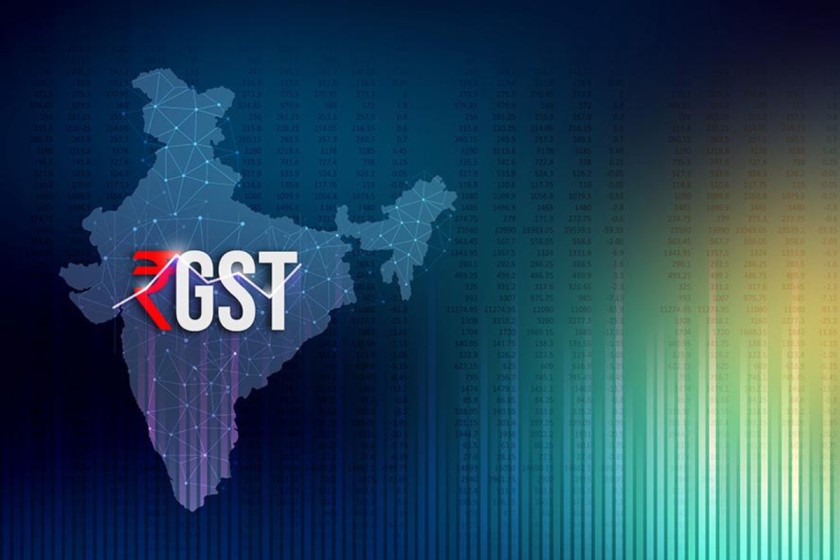- May 30, 2025
India accelerates GST overhaul: Three-tier tax system on the table

The Union Government is fast-tracking plans for a major revamp of the Goods and Services Tax (GST), dubbed “GST 2.0,” with high-stakes consultations now underway. Finance Minister Nirmala Sitharaman spearheaded the initiative, meeting top industry leaders in New Delhi on May 27th to discuss proposed reforms, officials confirmed.
Core reform: Simplifying the tax structure
At the heart of the exercise is a bold proposal to streamline India’s complex GST framework. Officials are pushing to collapse the current four primary tax slabs (5%, 12%, 18%, 28%) into a simpler three-rate structure. The plan advocates eliminating the 12% slab entirely, leaving rates at 5%, 18%, and 28%. This simplification is seen as key to reducing tax litigation, cutting compliance costs for businesses, and potentially boosting consumer demand.
Why now?
Economists point out that adjustments to indirect taxes like GST impact retail prices more swiftly than income tax changes, making this rationalization a potentially powerful tool to stimulate the economy. Sectors like Fast-Moving Consumer Goods (FMCG) and consumer durables could see a direct benefit if the median tax rate falls. The government believes any short-term revenue impact would be offset by improved compliance and a broader tax base resulting from the simpler system.
Tackling classification chaos
Beyond rates, the government aims to resolve persistent issues around product classification. Ambiguous categorization, particularly for processed foods, has led to legal disputes and revenue losses. Officials sought industry input on standardizing classification codes to ensure similar products face consistent tax treatment across all states – a core promise of the original “One Nation, One Tax” vision that critics argue remains unfulfilled.
Path forward: Building consensus
Tuesday’s industry meeting marks the start of a critical negotiation phase. Sitharaman and her team, flanked by top bureaucrats including Finance Ministry Secretaries and Chief Economic Adviser V. Anantha Nageswaran, will next engage with State Finance Ministers ahead of the crucial GST Council meeting in June.
Stakes and timeline
A successful overhaul would deliver a signature reform for Prime Minister Narendra Modi as his government enters its penultimate year. For businesses, it promises lower tax burdens and reduced complexity. Consumers could benefit, depending on how effectively rate cuts translate to lower prices.
However, securing buy-in from revenue-conscious states is vital. With pandemic-era compensation ending next year, states face pressure to accept a simpler yet sustainable structure. The depth of industry lobbying and the Centre’s ability to balance state concerns will determine whether GST 2.0 becomes truly transformative.
If consensus is achieved, officials aim to present a draft blueprint to the GST Council by August, enabling legislation in the Monsoon Parliament session. This would give businesses until April 1, 2026, to adjust pricing and IT systems for the potential launch. The integration of the compensation cess into the highest tax slab is also under consideration to eliminate a separate levy.
